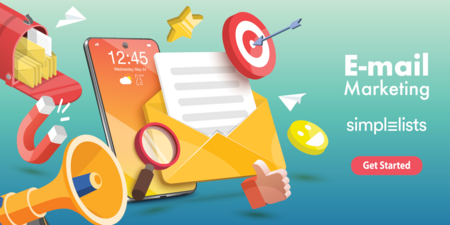
Mass emailing once meant blasting the same message to thousands of people and hoping for the best. Those days are long gone. In 2025, mass email services have evolved into intelligent communication platforms built on segmentation, personalization, and automation.

A mailing list is a collection of email addresses from people that are interested in receiving updates via email from an organisation.

In the digital communication landscape, email is one of the most traditional channels.

Simplelists is designed to be quick, easy and simple to use. It also has a selection of powerful features for users who want more from their email management software. People who sign up to Simplelists do so for many reasons. They may want a way to manage group email discussions, use email for marketing purposes, or send regular updates and other information to list members. We are often asked what Simplelists can do, so this short post is a reminder of our features.

Simplelists is designed to be quick, easy and simple to use. It also has a collection of powerful features for users who want more from their email management software. In this short post, we remind our customers of the power of Simplelists and let those who are thinking of joining us know about the range of features available.